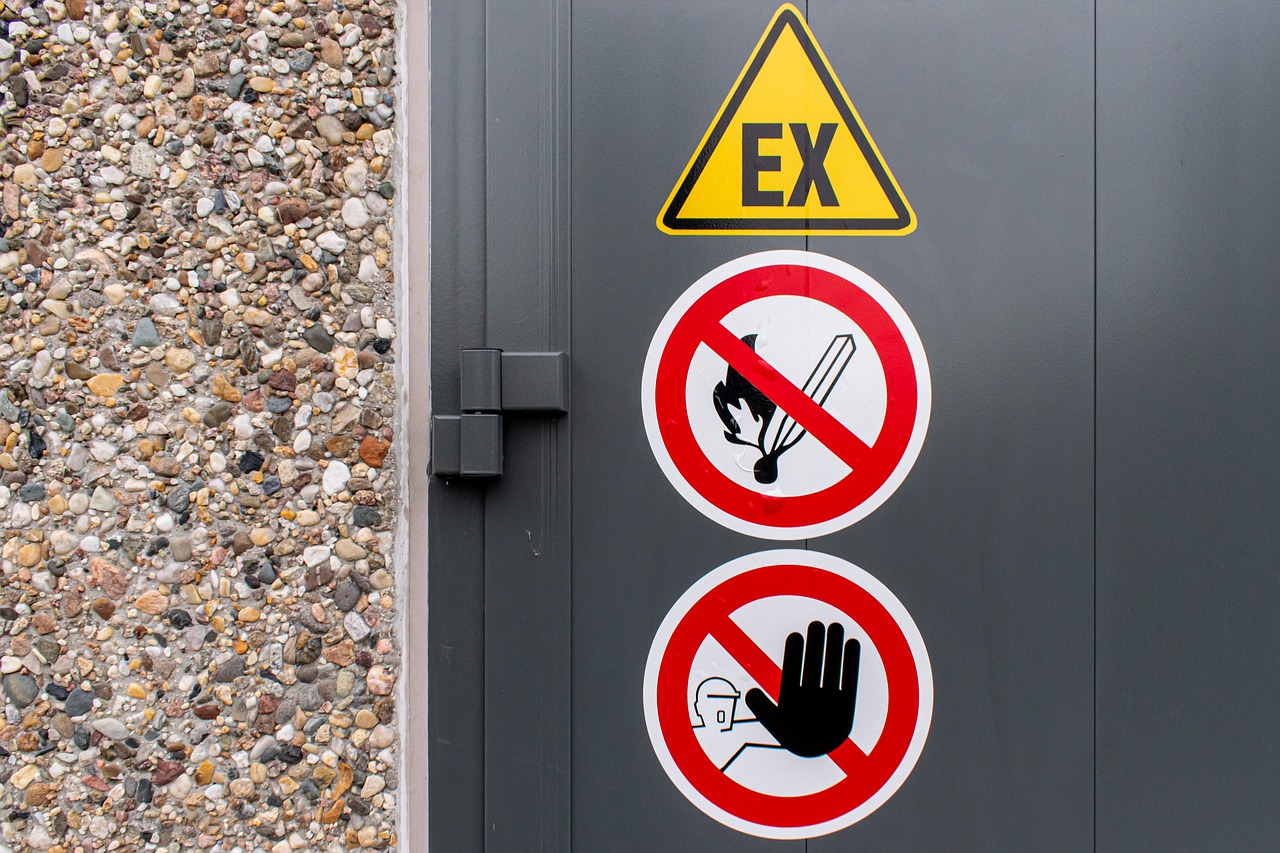Building commercial structures require thorough planning, collaboration, and budget to be completed. And you don't want all your hard work to go to waste just because of a minor mishap. With fire hazards today being more likely to happen than 50 years ago, establishment owners often prefer fire-rated materials to ensure safety and security when constructing new commercial buildings.
What are fire-rated doors?
Fire-rated doors ideal for wall installations plays an essential role in saving many lives and minimizing property damage and injury costs by providing safe egress and compartmentalizing smoke, flames, and dangerous radiant heat when needed. The door components are typically tested as different products by a nationally recognized testing company and then classified for use in various fire door assemblies. Unfortunately, there are instances where specific components are tested together and must be used together to maintain the fire rating.
In addition, there are buildings or remodeling jobs that will require a fire-rated door. Professionals can install these materials in office buildings, public buildings, dormitories, and exit stairwells. Some residential areas may also need a fire-rated door. But this instance is less common than commercial buildings.
Fire door assemblies are tested to the standard fire tests of door assemblies, Standard for Fire Tests of Door Assemblies, or UL 10 C, Standard for Positive Pressure Fire Tests of Door Assemblies. Like fire window assemblies, fire door assembly testing includes the fire endurance test and hose stream test.
Types of Fire Rated Door
Fire-rated doors vary from the materials used and their time capacity to endure the heat.
- Fire Doors Made of Glass
It's vital to understand that manufacturers must build glass fire doors of fire-resistant glass. The glass in fire-rated doors has undergone the necessary fire testing and is certified as fire-resistant. The E-certification signifies that the fire door glazing will remain transparent when exposed to fire or heat, allowing maximum visibility and light transmission. It also implies that the glass will only hinder the spread of fire and smoke, but not heat transmission. Toughened fire glass can tolerate temperatures of over 1600°F. At the same time, average glazing can only deal with temperatures of 250°F. Glass fire screens and doors can also provide up to 120 minutes of fire protection.
- Fire Doors Made of Wood
The British Woodworking Federation is an agency that assigns an FD rating to timber fire doors to indicate their level of protection. This is another prominent organization that supplies fire door ratings. The fire ratings for assemblies are expressed in minutes and by the initials.
Why are Fire-rated Materials Important?
Fire-rated materials are manufactured to resist the heat from a fire for a certain amount of time before actually deteriorating. Fire-resistance rating is the duration of how a material can withstand a fire-resistance test. That gives time to either control the fire or help the people get out of the building.
Suppose a fire reaches its heat tolerance level. The only way to stop it from engulfing larger building areas is to ensure that the walls, ceilings, floors, and doors can withstand being exposed to a fully developed fire on one side without transporting heat or toxic gases to the other side. How long they need to contain the fire depends on the building's size, complexity, and function.
Keeping your building ready in a fire emergency is a wise investment as an establishment owner. This is why it is always best to invest in fire-rated materials in case of unwanted measures like fire incidents. It is essential to secure the safety of the people inside your building and, at the same time, minimize damage costs.
Are You a Professional?
Requests for your services are coming in left and right. Let’s connect and grow your business, together.


